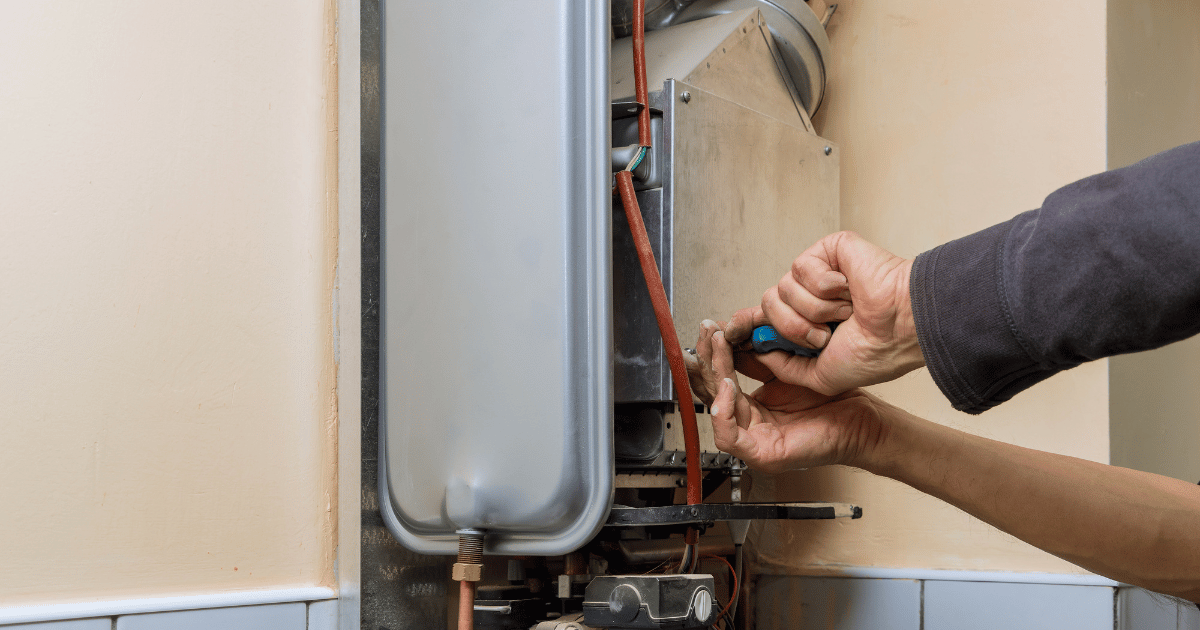Essential Advice on Caring for Your Home's Hot Water System
Essential Advice on Caring for Your Home's Hot Water System
Blog Article
Just about every person has their own individual theory in relation to What Kind of Maintenance Do Water Heaters Need?.

Warm water is essential for daily comfort, whether it's for a rejuvenating shower or cleaning meals. To ensure your hot water system runs efficiently and lasts much longer, routine maintenance is essential. This article provides sensible tips and understandings on just how to maintain your home's warm water system to stay clear of interruptions and expensive fixings.
Introduction
Keeping your home's warm water system could appear difficult, however with a couple of easy steps, you can ensure it operates efficiently for many years ahead. This guide covers everything from understanding your warm water system to do it yourself upkeep ideas and recognizing when to call in specialist aid.
Relevance of Preserving Your Hot Water System
Routine maintenance not only expands the life-span of your warm water system but also guarantees it operates efficiently. Disregarding upkeep can result in decreased effectiveness, higher energy expenses, and even early failure of the system.
Indications Your Warm Water System Needs Upkeep
Recognizing when your warm water system requires attention can protect against significant issues. Look out for indicators such as inconsistent water temperature, odd sounds from the heating unit, or rustic water.
Recognizing Your Hot Water System
Before diving right into maintenance jobs, it's practical to recognize the standard components of your warm water system. Generally, this consists of the water heater itself, pipelines, anode rods, and temperature controls.
Regular Monthly Upkeep Tasks
Routine regular monthly checks can help catch minor issues before they intensify.
Flushing the Water Heater
Purging your water heater gets rid of debris buildup, boosting performance and lengthening its life.
Monitoring and Changing Anode Rods
Anode poles stop rust inside the storage tank. Evaluating and replacing them when broken is crucial.
Checking and Changing Temperature Settings
Readjusting the temperature level settings ensures optimal performance and security.
DIY Tips for Maintenance
You can execute a number of maintenance tasks yourself to maintain your hot water system in leading problem.
Checking for Leakages
Regularly inspect pipes and links for leakages, as these can cause water damages and greater expenses.
Checking Stress Relief Valves
Checking the stress relief valve ensures it operates properly and prevents extreme pressure buildup.
Insulating Pipes
Protecting warm water pipes reduces warm loss and can save power.
When to Call a Professional
While DIY maintenance is beneficial, some issues require professional knowledge.
Complicated Problems Calling For Expert Help
Instances include major leaks, electric issues, or if your water heater is continually underperforming.
Regular Expert Maintenance Benefits
Expert maintenance can consist of extensive inspections, tune-ups, and ensuring compliance with security standards.
Conclusion
Regular maintenance of your home's hot water system is important for efficiency, long life, and cost savings. By complying with these ideas and understanding when to seek specialist assistance, you can make certain a reliable supply of hot water without unanticipated disturbances.
How to Maintain an Instant Hot Water Heater
Before tinkering with your hot water heater, make sure that it’s not powered on. You also have to turn off the main circuit breaker and shut off the main gas line to prevent accidents. Also turn off the water valves connected to your unit to prevent water from flowing into and out of the appliance. 2. When you’re done, you have to detach the purge valves’ caps. These look like the letter “T†and are situated on either side of the water valves. Doing so will release any pressure that has accumulated inside the valves while at the same time avoid hot water from shooting out and burning your skin. 3. When the purge valves’ caps are removed, you have to connect your hosing lines to the valves. Your unit should have come with three hoses but if it didn’t, you can purchase these things from any hardware or home repair shops. You can also get them from retail stores that sell water heating systems. Read the user’s manual and follow it to complete this task properly. When the hosing lines are connected, open the purge port’s valves. 4. You should never use harsh chemical cleaners or solutions when cleaning your unit. Make use of white vinegar instead. It should be undiluted and you’ll probably use about 2 gallons. 5. Now flush your water heater. This task should probably take about 40 minutes. We can’t give you specific directions for this because the procedure is carried out depending on the type, model and brand of your heater. With that being said, refer to the user’s manual. 6. When you’re done draining the unit, you have to turn off the purge port valves again. Remove the hosing lines that you earlier installed on each of the water valves. Put the valve caps (purge port) back in their respective places and be very careful so as not to damage the rubber discs that are found inside these caps. 7. Now that everything’s back in place, check your user’s manual again to find out how to reactivate your water heating system. 8. Once it is working, turn one of your hot water faucets on just to let air pass through the heater’s water supply pipes. Leave the tap on until water flows smoothly out of it. https://www.orrplumbing.com/blog/2014/september/how-to-maintain-an-instant-hot-water-heater/

I ran across that blog posting on Water Heater Maintenance Tips You Can't Afford to Forget while doing research the internet. Sharing is good. You never know, you could be helping someone out. Thank you so much for your time invested reading it.
Show Details Report this page